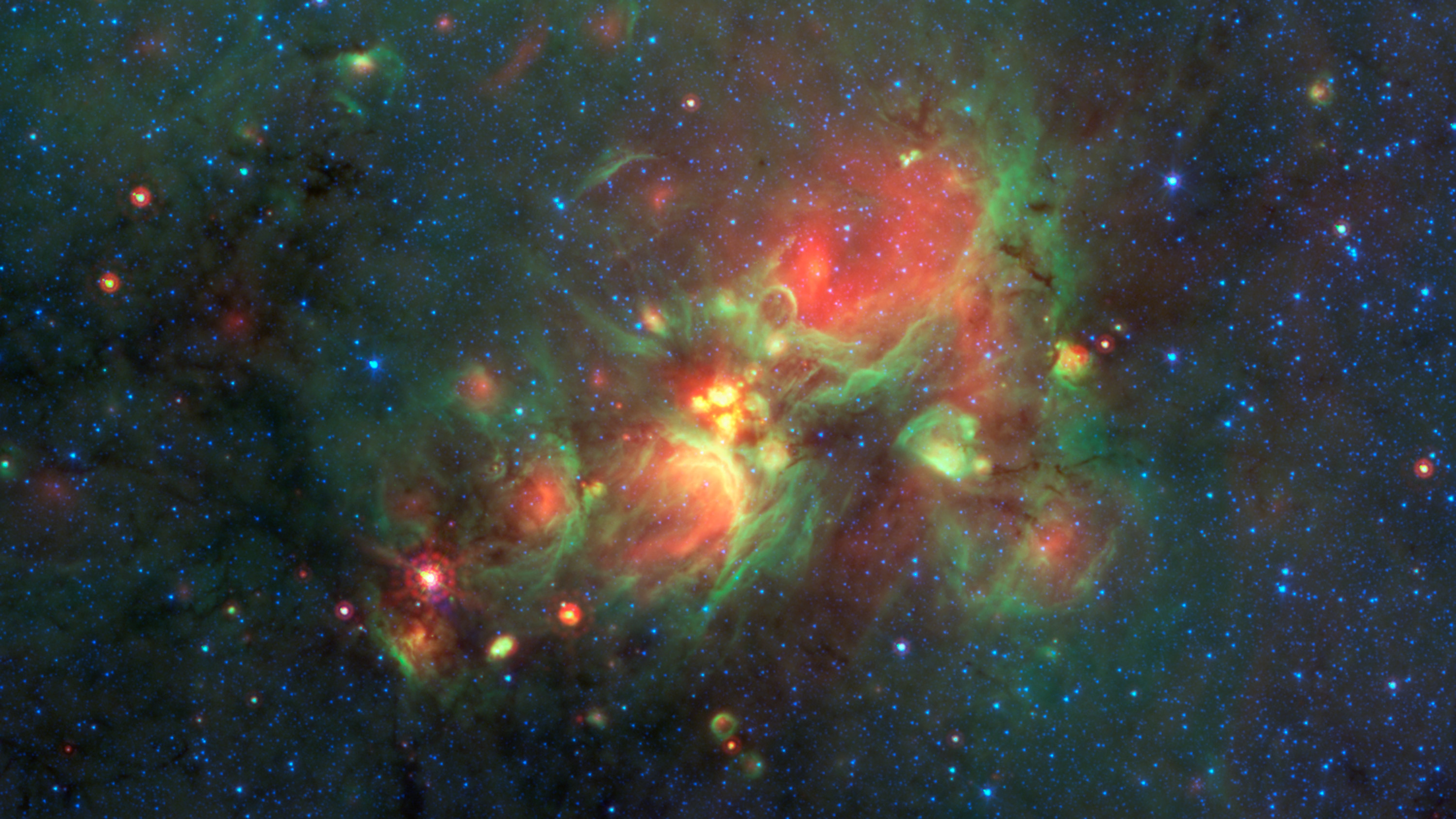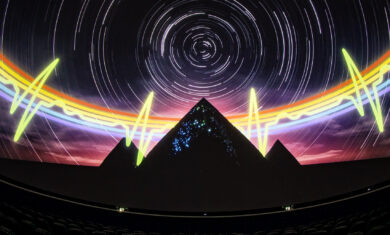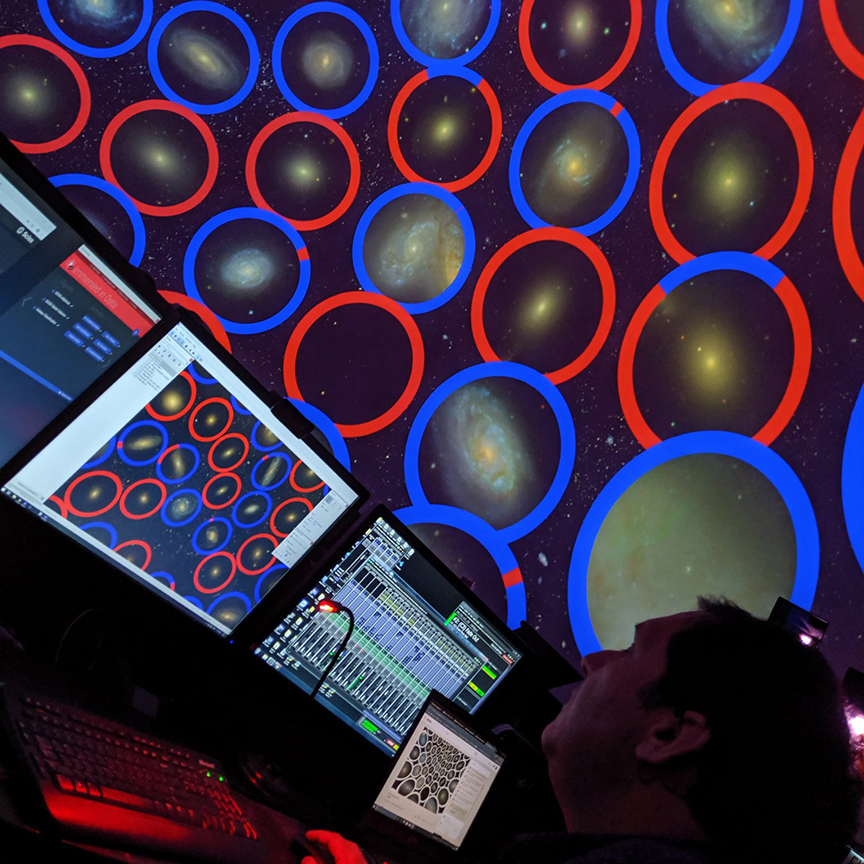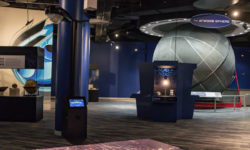AstroFan: …And They Were All Yellow!

Header Image Credit: NASA/JPL-Caltech
“The nitrogen in our DNA, the calcium in our teeth, the iron in our blood, the carbon in our apple pies, were made in the interiors of collapsing stars. We are made of starstuff.” ― Carl Sagan
Even if you’re just a novice space enthusiast, I’m sure you’ve heard some variation of the above Carl Sagan quote. It’s one of those quotes that kind of sits with you long after you’ve heard it.
To me, one of the most fascinating aspects of astronomy is that it sets out to answer one of the most simple yet confounding questions of them all: How did all of this stuff get here?!
One could even argue that the field of astronomy is a means in which mankind can actively peer into our own origins.
You see, Sagan was not simply being poetic when he said that we are made of starstuff—he was being literal. Check out the periodic table below that so eloquently explains where each and every element comes from.
As you can see, almost all of the necessary building blocks for life (Carbon, Nitrogen, Oxygen, Sodium, etc) originate from stars!
In turn, this means that by understanding the life (and death) of stars, we grow even closer to understanding our own origins.
Today’s AstroFan is focusing on a transitory stage in star formation known as Yellowballs. This is a recently discovered phenomenon that was uncovered by citizen scientists working on The Milky Way Project, part of the suite of citizen science initiatives in Zooniverse. For those who don’t know, a citizen scientist is a member of the general public who collects and analyzes data to help professional scientists in collaborative efforts.
I recently had the pleasure of speaking with the Adler’s very own astronomer and star-formation-expert, Dr. Grace Wolf-Chase.
Dr. Wolf-Chase has been studying the formation of stars since the 80s and she was on the frontlines of this project when the Yellowballs were first noted back in 2012—so I knew that she would be the PERFECT person to talk to about Yellowballs.
Here is the gist of what we discussed:
For the sake of context, the formation of a star can be summed up into a few major steps. To start off, you have a nebulous (gas and dust) cloud, then you have clumps of matter that start to join together from within the cloud until such a large mass is accumulated that gravity begins to take over—and VOILA a baby star is formed.
At first glance, this might seem like a pretty straight-forward process, but like all things related to astronomy, what actually occurs is a lot more nuanced and complex. To quote Dr. Wolf-Chase, “There’s just so much going on with star formation that you can’t predict precisely. There’s radiation, magnetic fields, winds, and competition for gas from other forming stars.”
Compound all of these variables with the fact that most of the star-formation process can only be observed in wavelengths of light that are invisible to the human eye, and you end up with a lot of mysteries surrounding the physics of star-formation.
This is why the discovery of Yellowballs (YBs) is kind of a BIG deal.
YBs serve as a type of “transitory phase”… a missing link, if you will, that allows astronomers to peer into the early stages of a young star’s life before it ravages through its surrounding cloudlike environment.
But what are Yellowballs?! Well, Dr. Wolf-Chase puts it beautifully:
“We’re looking at a snapshot in time of stars. Think of this as a nursery school: you’ve got lots of children, some are big and small… there’s variety—even though they’re the same age. Some of the Yellowballs create big children, some form small children.”
Basically, YBs are star-generating nurseries. In these regions of space, there are anywhere from dozens to HUNDREDS of newborn stars of varying mass that are nestled in a cocoon of the same nebulous clouds that helped birth them. (FUN FACT: It’s currently thought that our very own Sun might’ve formed within a Yellowball star cluster.)
This YBs stage of star-formation lasts about 100,000 years. Some YBs form stars that reach such high temperatures that they form bubbles that destroy the surrounding gas in a million years or so. (Actually what these stars do is ionize their surroundings, which creates the bubble that eats into the surrounding cloud. These are the stars that will explode as supernovae after a few million years.)
Just as a disclaimer, technically the balls aren’t actually yellow. When looking at infrared images, scientists assign arbitrary colors to different wavelengths of light that are outside the visible spectrum. This way, an observer can easily differentiate one wavelength of light from the other.
The collaborative efforts of thousands of citizen scientists from across the globe have resulted in over 6,000 YBs documented and an academic publication on the subject (with more on the way).
There are still many questions regarding YBs, the main two are:
1. Why is there so much diversity in the mass of stars that are made in YBs?
2. What are the conditions in the YBs that produce stars that will supernovae? (This question is very important because supernovae—the death of massive stars via cataclysmic explosions—are the main source for some of life’s most salient periodic elements.)
A team of astronomers and undergraduates from The College of Idaho, Iowa State University, and the Adler Planetarium, are currently working towards answering these questions. As part of their research, the collaborators are using a digital interface that can pull out each YB from a catalog, look at it from different wavelengths, and measure how much energy is being emitted from the YB. Together with distance, measuring the energy emitted by a YB helps us calculate important things like the brightness and mass of the YB.
An example of some of the images of YBs that grad-students are studying.
The YBs research is ongoing and Dr. Wolf-Chase is hopeful that she and her colleagues will be able to build upon their findings to create a new citizen science project.
When asked why the average person might decide to participate in a citizen scientists effort like The Milky Way Project, here is what Dr. Wolf-Chase had to say, “There’s data to support the fact that the number one reason people participate is because they want to feel that they’re making a contribution to science. They want to take ownership. It’s in our nature to wonder and be curious about things.”
I agree with Dr. Wolf-Chase. Which is why I find the way in which the Yellowballs were discovered to be so inspiring! It reveals that scientific breakthroughs can result from a simple case of curiosity, regardless if you’re a citizen or professional scientist.
It’s those sparks of wonder that have inspired countless men and women to embark on a wonderful journey into the world of citizen science. Why not join them? Who knows… maybe you’ll discover the next “Yellowball.”
Stay tuned for more awesome space facts on the next AstroFan.
Thank you for reading!
—Bianca, a.k.a. AstroFan







